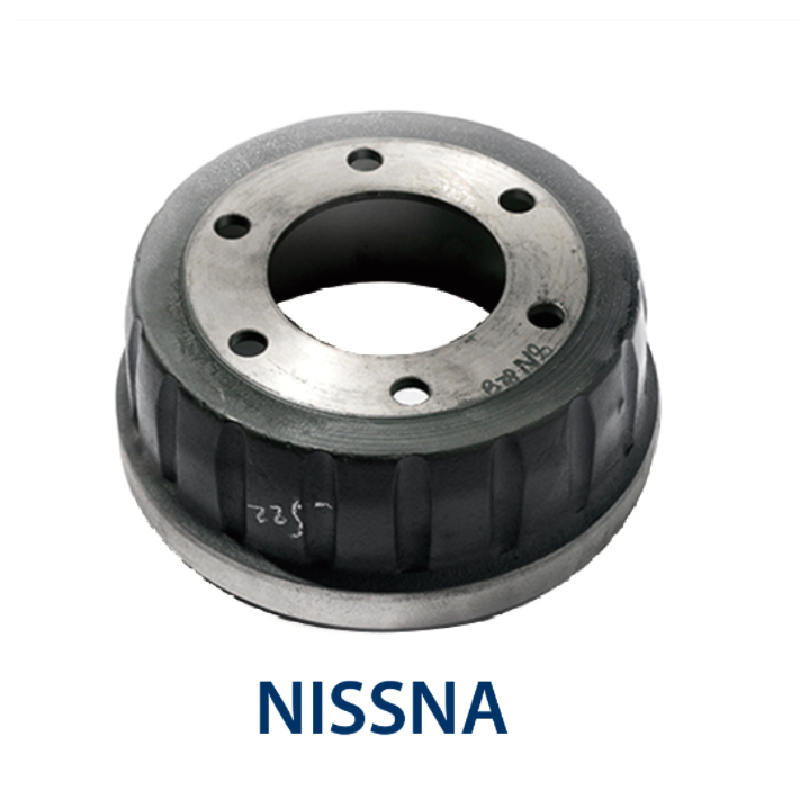ಸೆಪ್ಟೆಂ . 11, 2024 00:52 Back to list
Brake Drums vs Pads
Brake Drums vs. Brake Pads Understanding the Differences
When it comes to vehicle braking systems, understanding the components involved is crucial for maintaining safety and performance. Among the key parts of braking systems are brake drums and brake pads, each playing a distinct role in how vehicles stop. While they serve the same primary purpose—slowing down or stopping the vehicle—they operate differently and are used in various types of braking systems.
Brake Drums
Brake drums are typically found in drum brake systems, which are more common in older vehicles, although they are still used in some modern designs, especially in the rear brakes of certain cars and trucks. A brake drum is a cylindrical component that rotates with the wheel. Inside the drum, there are brake shoes that are lined with friction material. When the driver applies the brakes, hydraulic pressure pushes the brake shoes outward against the inner surface of the drum, creating friction that slows the vehicle down.
One advantage of drum brakes is that they tend to provide stronger stopping power for heavy loads, making them a preferred choice for trucks and larger vehicles. They are also less prone to water damage as the design can minimize water exposure. However, brake drums can suffer from heat buildup, which may lead to brake fade, especially in high-performance conditions. Moreover, drum brakes can be more complicated and costly to maintain compared to disc brake systems.
brake drums vs pads

Brake Pads
On the other hand, brake pads are a crucial component of disc brake systems, which have become the standard in modern vehicles due to their efficiency and performance. A brake pad is a flat piece of friction material that presses against a brake rotor when the brakes are applied. The rotor is a disc that is attached to the wheel, rotating with it. When the driver presses the brake pedal, the brake caliper squeezes the brake pads against the rotor, generating friction that slows down the vehicle.
Disc brakes generally offer better performance, especially in terms of heat dissipation, which reduces the risk of brake fade. They provide more consistent power even in wet conditions, as the exposed design allows for water and debris to easily clear away. Additionally, brake pads are easier and often less expensive to replace than brake drums, making them a more user-friendly option for regular maintenance.
Conclusion
Both brake drums and brake pads have their advantages and disadvantages, and understanding these differences is important for vehicle owners. While drum brakes can be effective for larger vehicles and specific applications, disc brakes with their functionally efficient brake pads are prevalent in most modern cars for a reason. When choosing between the two, consider factors such as vehicle type, load requirements, and maintenance preferences. Regardless of the system in your vehicle, ensuring that your brakes are in good condition is vital for safe driving and overall vehicle performance. Regular inspections and timely replacements of worn components can help prevent issues and enhance your vehicle's safety on the road.
-
Volvo Brake Drum: OEM Quality, Optimal Safety
NewsAug.27,2025
-
Durable Brake Drum MAZ for Heavy Duty Trucks | High Performance
NewsAug.26,2025
-
FUWA: Premium Quality, Reliable Performance & Innovative Solutions
NewsAug.25,2025
-
Liza Brake Drum: Superior Quality & Performance for Safe Driving
NewsAug.24,2025
-
Iveco Brake Drum | Premium OE Quality for Daily & Eurocargo
NewsAug.22,2025
-
Your Brake Drum Man: Quality & Performance Parts
NewsAug.21,2025
